Risk, in slow motion
On the surface, it’s a quiet week. But the market’s silence is deceptive, like the hush before a verdict. The VIX—Wall Street’s favourite fear gauge—flattened last week between 15 and 20. Not panic, but far from peace. There’s still a gap above that could close fast, just as the S&P 500 eyes a technical gap near 5,700. The last time fear was this subdued, markets took off. Now, it’s more of a crouch.
The rally since early April has been spectacular. The S&P surged from 4,800 to nearly 5,800, a 20% sprint in a little over six weeks. The irony? On April 4, doom was consensus. Now, euphoria is. But the setup isn’t as simple as “buy the dip” or “sell the top.” Trump’s tariff threats may be theatre, but the audience is global, and if the act goes wrong, markets won’t wait for the curtain call. A 10% drop in a day or two is entirely possible if negotiations sour.
That’s not the base case. Not yet. Trump knows a recession would cost him control of Congress. Bluffing is part of the playbook. The real bet is that he steps back before the edge.
Lala-land economics and waiting for pain
Yields tell a story that nobody wants to hear. The 10-year Treasury hovers at 4.49%, with no conviction in either direction. The Fed seems content to wait. Inflation data points to cuts—if they dared—but tariffs muddy the forecast. The only thing that would force action is a labour market stumble. And that hasn’t happened yet. The US economy isn’t hot, but it’s not freezing either. Europe and Sweden share that limbo, a foggy middleground that feels like a place without consequences—until it isn’t.
This week offers a few signals through the mist. Flash PMIs and inflation data out of Europe could sharpen the picture. The eurozone’s manufacturing PMI just touched its highest level since 2022, though still below 50—so technically, contraction. Germany’s producer prices and Ifo expectations will offer further clues. Britain’s inflation is expected to rise again, dragged by electricity and gas prices. In Australia, markets are pricing in a 25 bp rate cut. The BOJ stays hawkish, but Japan’s data remains lacklustre.
Meanwhile, Moody’s downgrade of the US credit rating to Aa1—echoing S&P’s cut in 2011 and Fitch’s in 2023—is being brushed aside. But investors are watching. The US deficit is projected to swell to 9% of GDP by 2035 if tax cuts persist. Treasuries sold off late Friday, and the 10-year yield popped five basis points on the news. It might be “old news,” but markets have long memories. China continues trimming its US Treasury holdings, while the UK now ranks second after Japan. Europe, oddly enough, keeps buying.
Signals from Brussels
Europe’s political machinery is also in motion. UK and EU negotiators struck a tentative reset over the weekend, reportedly agreeing on fisheries, food standards, and a defence pact. The long-term economic impact may be limited—ING sees only £10–15bn in fiscal room—but the symbolism matters. In Poland, the pro-Trump candidate heads to a run-off against a liberal challenger. Portugal saw populists surge. Trump will speak to Putin in an attempt to revive stalled Ukraine peace talks. All this, while the ECB’s Wunsch openly speculates that rates might need to fall below 2%.
This isn’t a market at peace. It’s a market in suspended judgment. The data says one thing, the politics another. The rally may have legs, but they’re walking a tightrope over policy risk, central bank inertia, and a world no longer built for linear stories.
